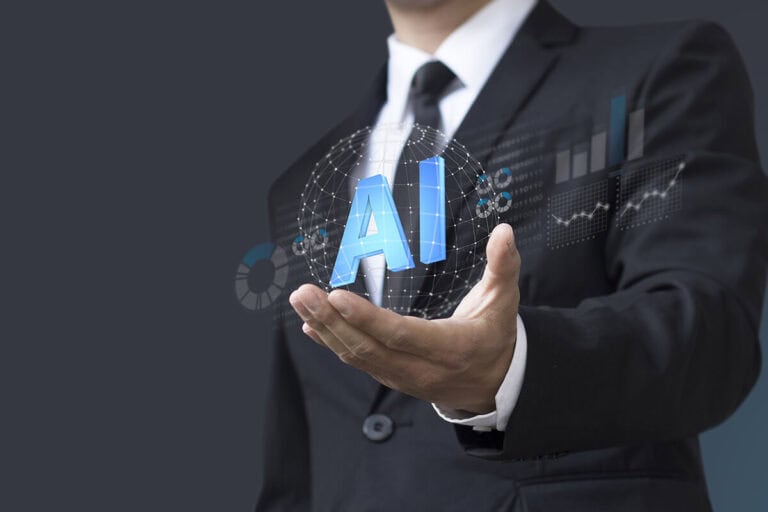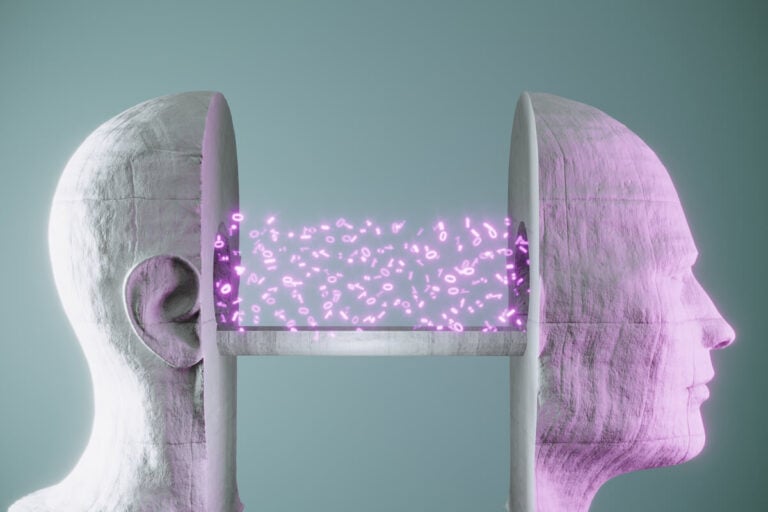Read on to learn about exciting advancements in AI and speech therapy.
Table of Contents
ToggleArtificial intelligence (AI), as a category, aims to teach machines to think like humans, but it can help humans learn, too. AI has many potential applications in education, with some of the most promising being how it can make the field more accessible and equitable.
Speech and language disabilities are some of the biggest barriers to education, employment, and social life. Roughly 7.7% of children in the U.S. have a voice, speech, language, or swallowing disability and at least 25% have multiple such disorders. AI can help these kids communicate, helping them succeed more in school, social lives, and careers. Here are five of the most significant types of this technology.
AI in Speech and Language – Screening Tools
Like many medical fields, speech-language pathology is most effective when applied as early as possible. AI screening tools can help parents and teachers recognize the signs of speech and language disorders earlier and more accurately, leading to more effective treatment.
One AI screening tool from the newly formed AI Institute for Exceptional Education monitors kids in the classroom to catch early warning signs. The screener creates weekly data summaries on children’s speech, facial expressions, and gestures, helping educators find trends they miss otherwise. Because this tool analyzes more footage than would be feasible for a human pathologist, it can catch symptoms far sooner.
Similar tools can help medical specialists conduct follow-up tests to determine specific disorders more accurately. Once parents and pathologists know the issue, they can adjust as necessary to meet the child’s particular needs.
AI in Speech and Language – Gamified Speech Therapy
After diagnosing students, AI can help children through speech therapy. One of the most effective ways is to gamify the process.
A new AI speech therapy platform called TikTalk uses video game-like lessons to encourage kids to use it more often. Games on the app are customizable, so speech-language pathologists (SLPs) can use them to target specific words or speech patterns to meet different children’s unique needs. As kids engage in these learning games, the app’s AI analyzes the results so SLPs can adjust the program as needed.
Conventional speech therapy may not work well with children who find it boring or don’t like being away from home. These AI-powered, gamified apps offer a solution by providing engaging alternatives children can use from anywhere.
AI in Speech – Adaptive Learning Tools
Similarly, AI speech therapy and other learning tools can adapt to children’s needs and performance. Different children will progress at varying rates, so there’s no one-size-fits-all solution to developing an effective speech and language curriculum. Machine learning can help identify what specific kids need and adapt their resources accordingly.
These AI tools can work as learning apps for children or as support programs for SLPs. Machine learning algorithms similar to the AI Institute for Exceptional Education’s AI screener can monitor kids in classrooms or therapy offices to understand their changing needs. They can then recommend individualized steps for each student, helping SLPs spot what they may otherwise miss amid their large caseloads.
This adaptation ensures better speech therapy outcomes. It’s the same concept behind how Montessori classroom structures improve educational and social outcomes by offering specialized learning materials that fit to students’ unique needs and interests.
Augmented and Alternative Communication Apps
AI can also assist kids with speech and language by helping them communicate in new ways. Augmented and alternative communication (AAC) services provide tools that let children share non-verbally. With this assistance, kids don’t have to master conventional speech to express their ideas and emotions.
Text-to-speech apps are helpful in many situations, but basic options still require children to know what words they want to say and roughly how to spell them. More complex, AI-powered solutions can offer a bank of common phrases and words to give users a better starting point. As kids use these tools, they can adapt to their commonly used phrases and ideas, making better suggestions to aid more efficient communication.
Other apps use images or words on a screen for kids to pick and show others to communicate non-verbally. Whatever the specifics, studies show that AAC apps can positively impact literacy in children when they can adapt to dynamic needs and situations, which AI enables.
Speech Output Systems
Speech output systems are a specific AAC service that deserves special recognition. These AI-powered technologies translate inputs like gestures, typing, and even thoughts into verbal language.
One solution called Assisto uses motion sensors and finger mapping to analyze what users are trying to say or type in real time. It then translates these signals into text, using AI to read aloud, helping kids with cerebral palsy or similar conditions communicate verbally without relying on a traditional, keyboard-based text-to-speech system.
Another speech output system, Cognixion One, detects signals from users’ brainwaves associated with language to effectively turn thoughts into speech. The wearable device’s machine learning capabilities adjust to specific users’ unique communication styles to become more accurate over time.
AI in Education Could Revolutionize Speech-Language Pathology
Many of these technologies are still in their early stages, but they’ll become more accessible over time and many others are already widely available. As these trends continue, AI tech could transform the field of speech-language pathology. AI is no replacement for a human SLP, but it helps them, parents, teachers, and the kids themselves accomplish things faster and more effectively. Applying these tools on a larger scale could level the educational and social playing field by removing communication barriers.





